
| St
Mary
the Virgin Church Twyford Berkshire |
| The Heritage Group were
informed by English Heritage that they had found a heating
system in this Church, parts of which dated back to
the Victorian period. Upon visiting the Church it
was apparent that the installation of the heating
system spanned three different times. Firstly, there were several box-ended pipecoil heaters with cast iron pipework, secondly cast iron sectional radiators were added, fitted most likely during the Edwardian period and thirdly, fan convector heaters had been added to the existing system during the late 20th century. Each box-ended pipe coil heater had a nameplate welded to the end-header with the name Rosser & Russell, Charing Cross, London. This was an important discovery as it is the first example found of this firms installations during the Victorian period. |
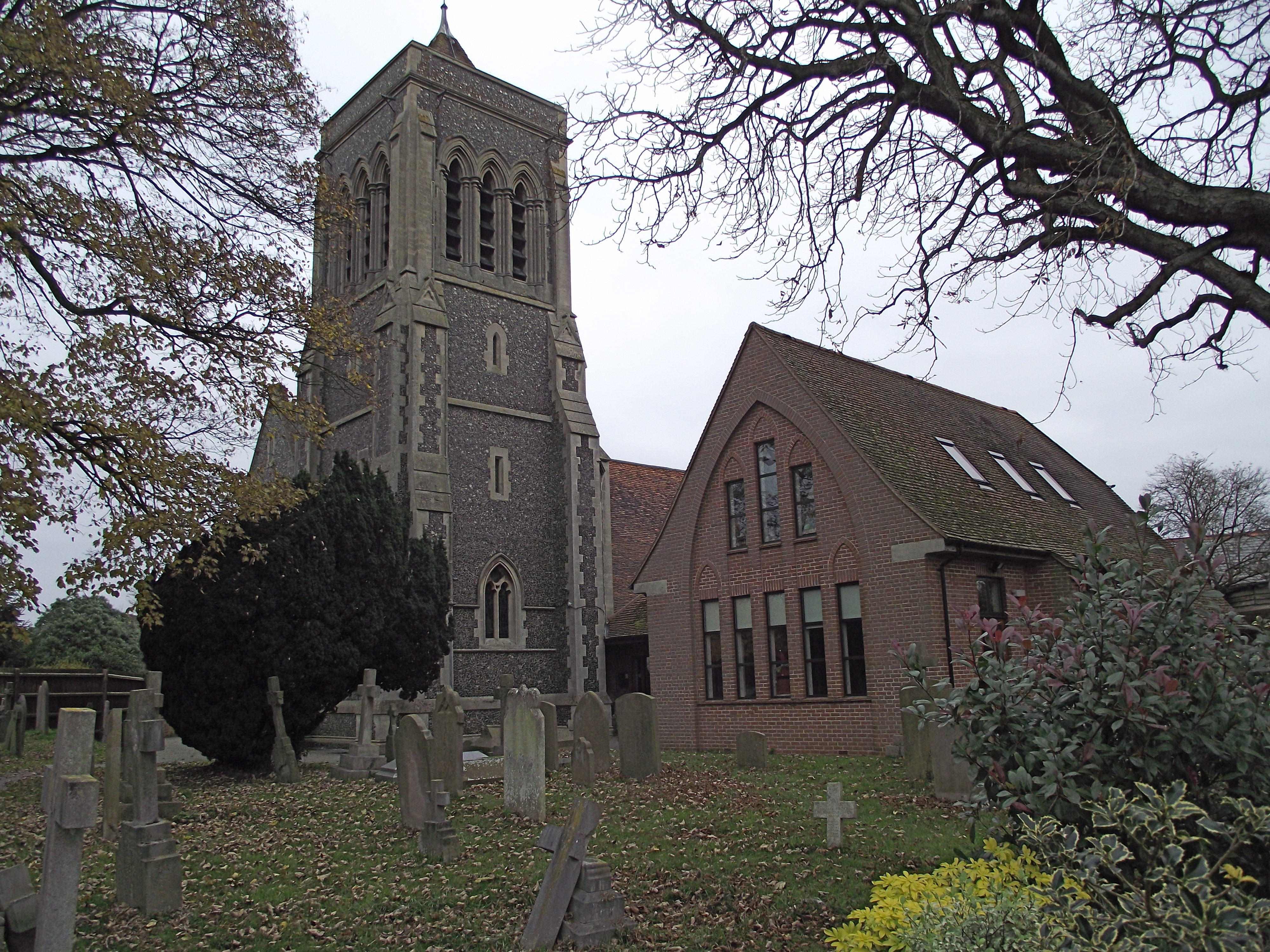
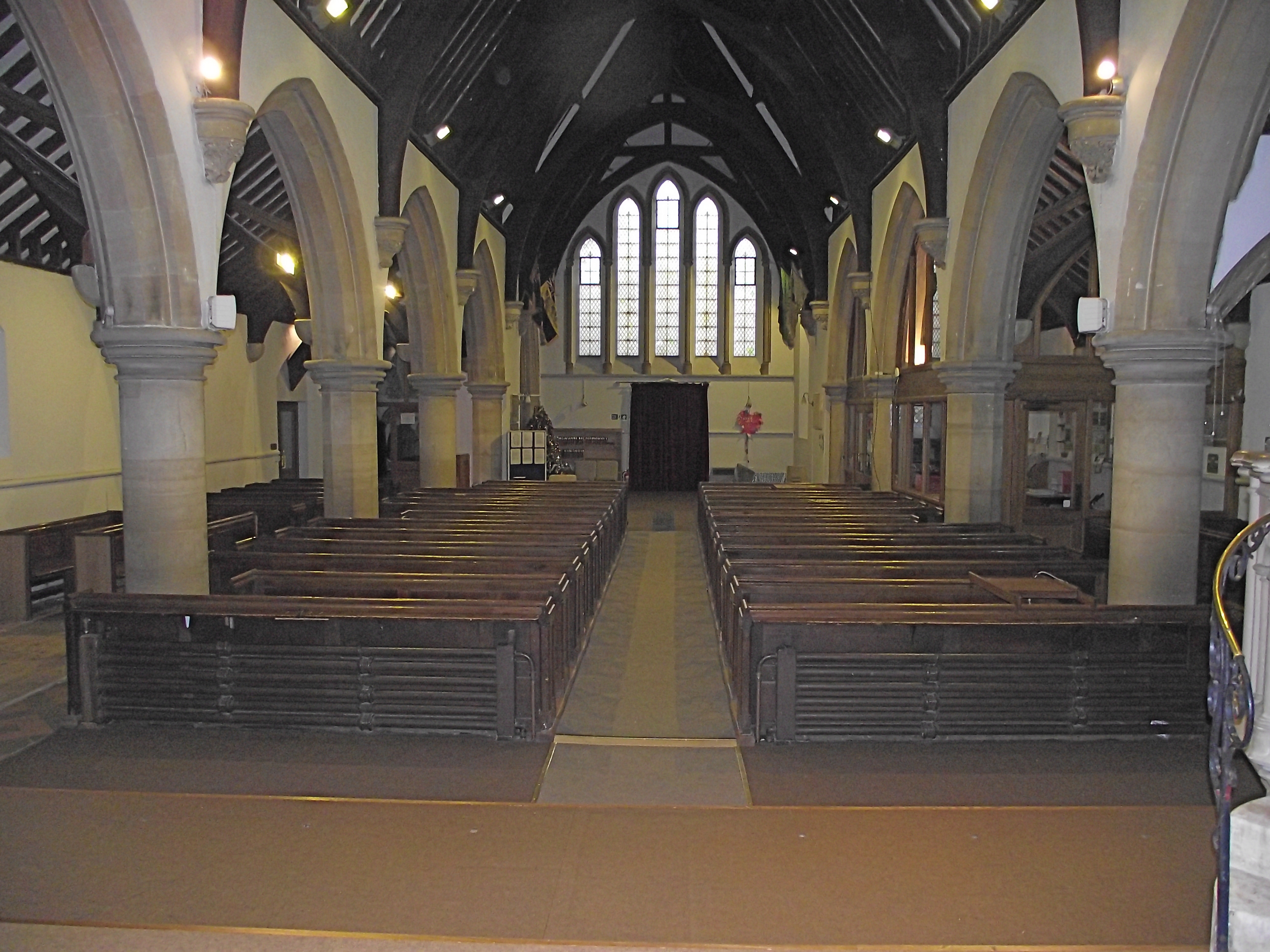
St Mary the Virgin was built as a Chapel of Ease in 1846/47 on land given by
Robert Palmer of Huntley & Palmer's, the biscuit manufacturer in Reading.
The Church is a Grade II Listed building.

Victorian Heating System
The original part of the heating system most likely dates from the completion of the
Church in 1847. It was designed with gravity circulation using cast iron distribution
pipework routed through floor ducts and wall pipe coils. The very small
difference in height between the boiler and distribution pipework fitted at low
level in the Nave must have contributed to an inadequate level of heating due
to the minimal circulating pressure created.
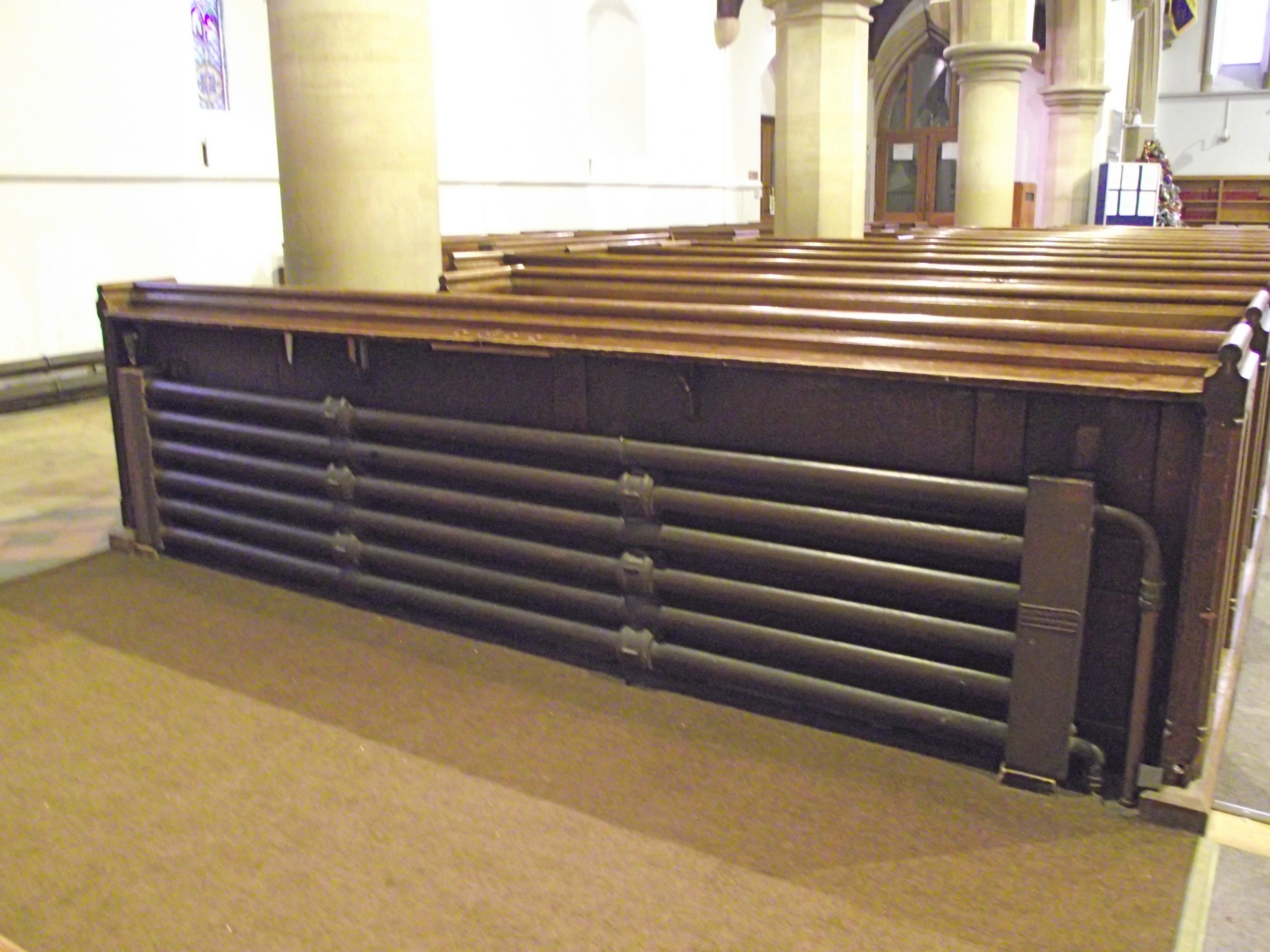 |
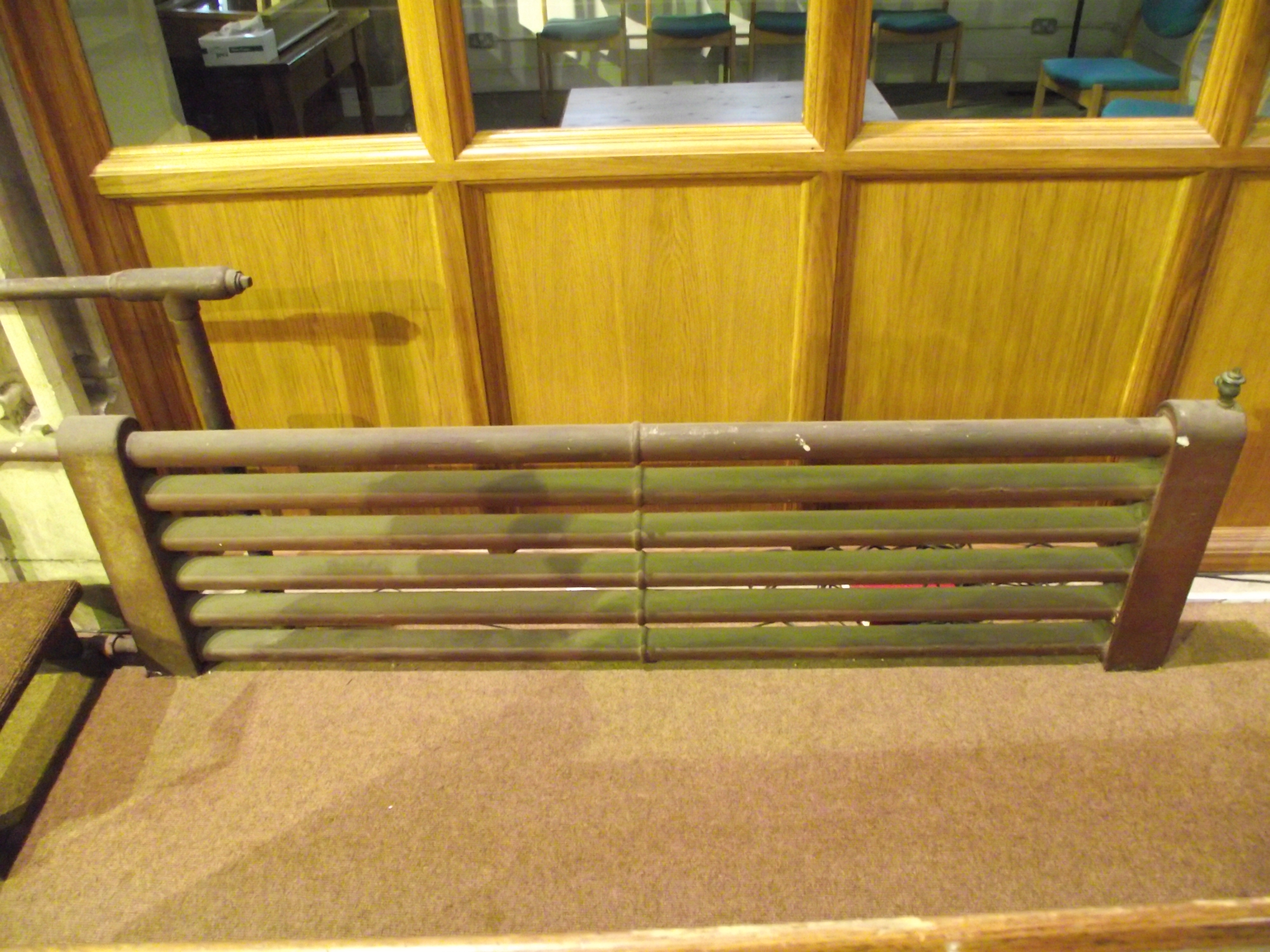 |
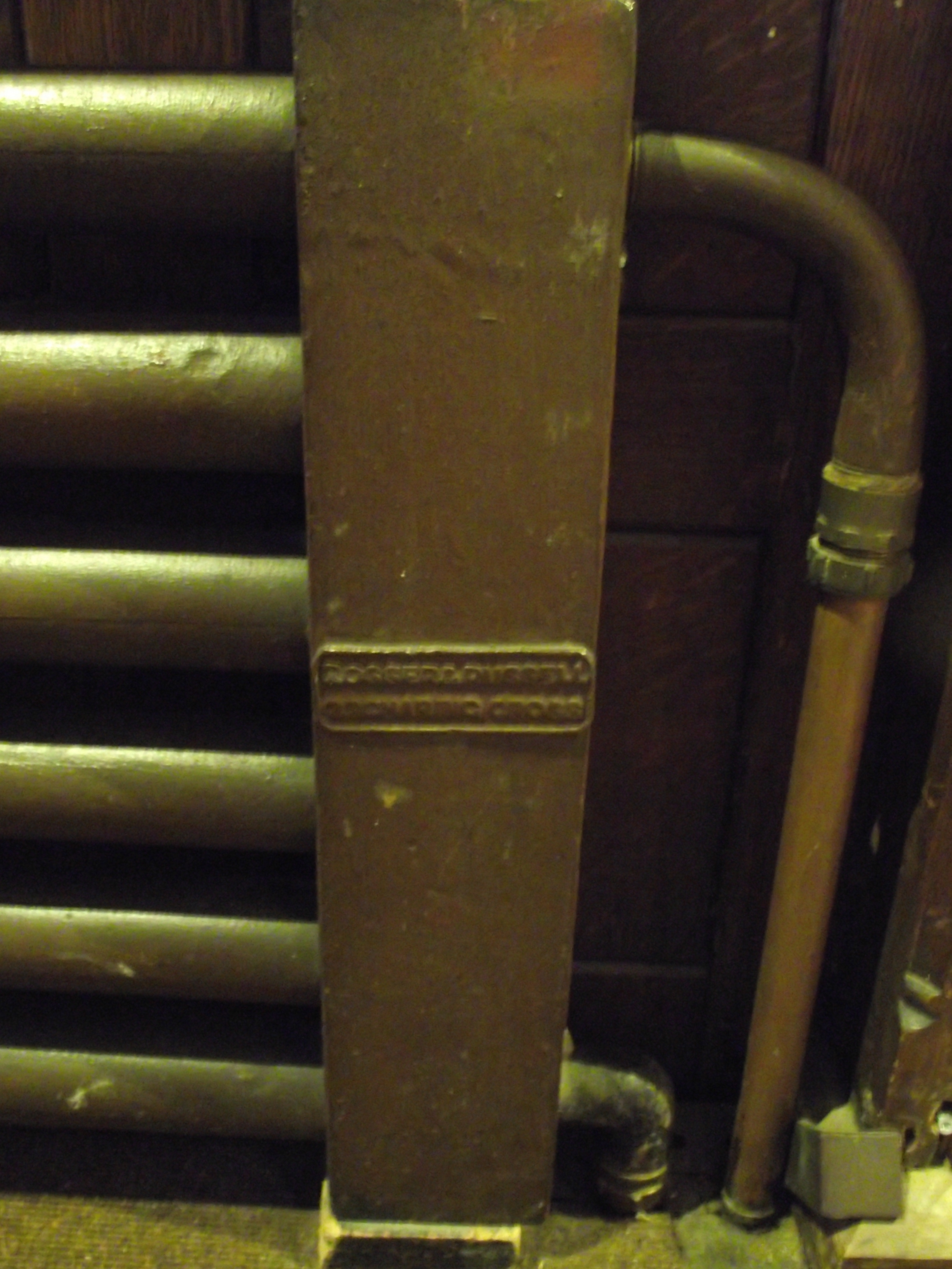 |
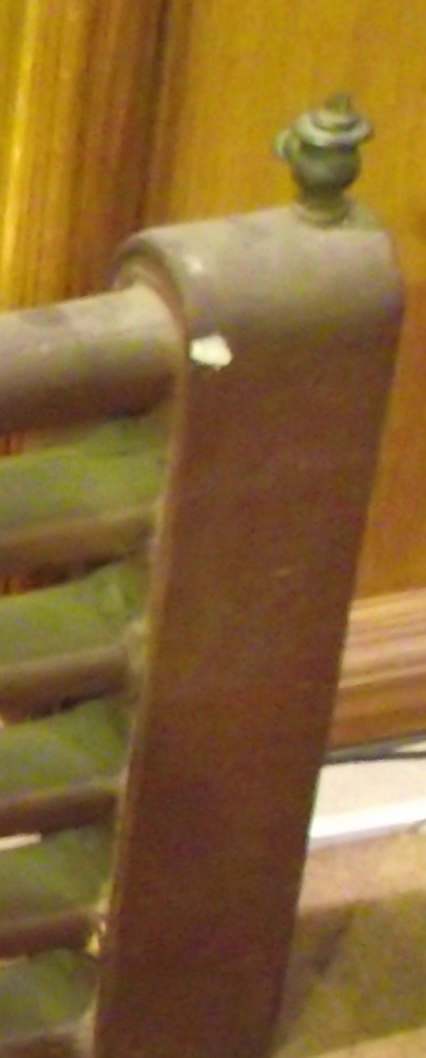 |
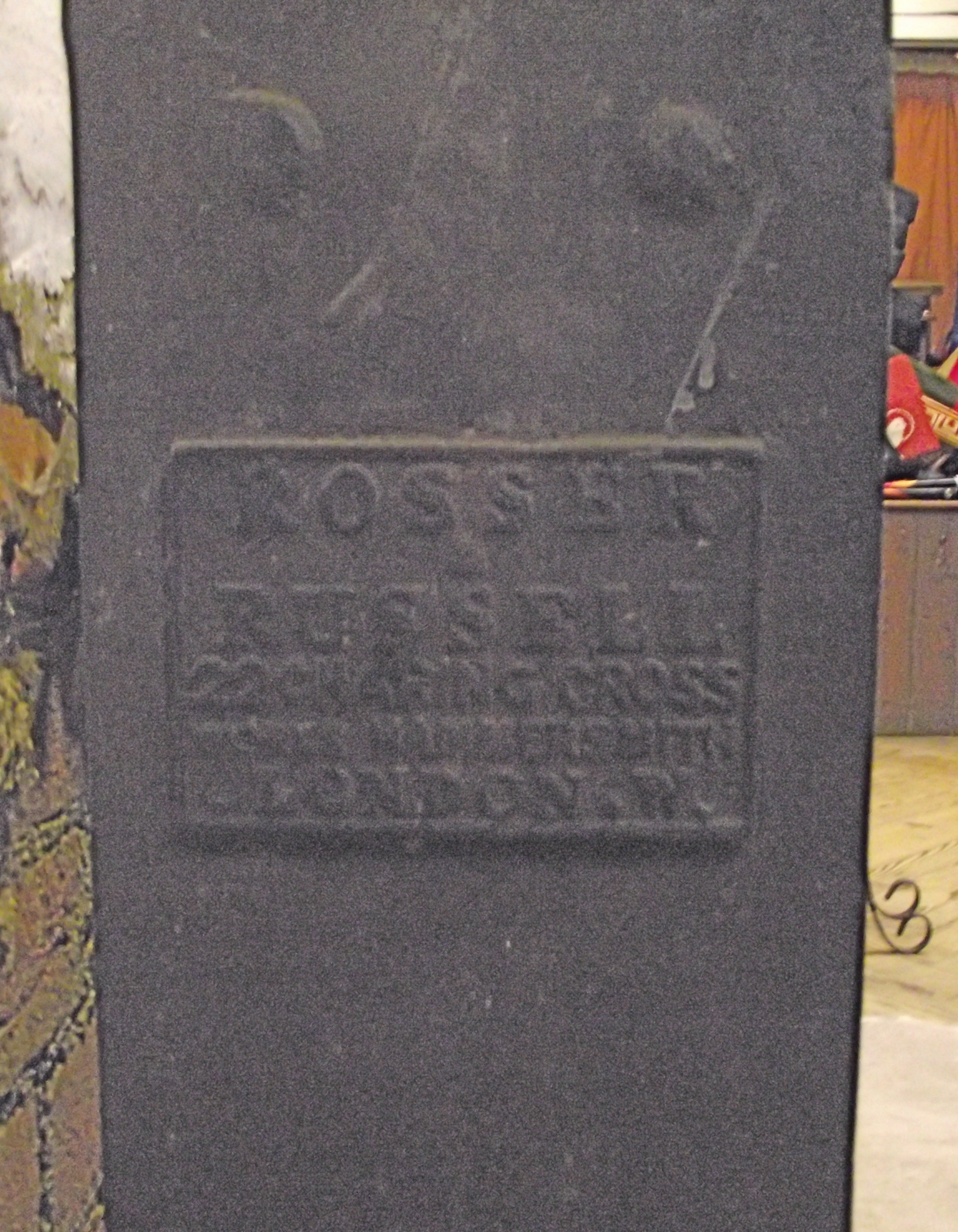 |

Edwardian Period Additions
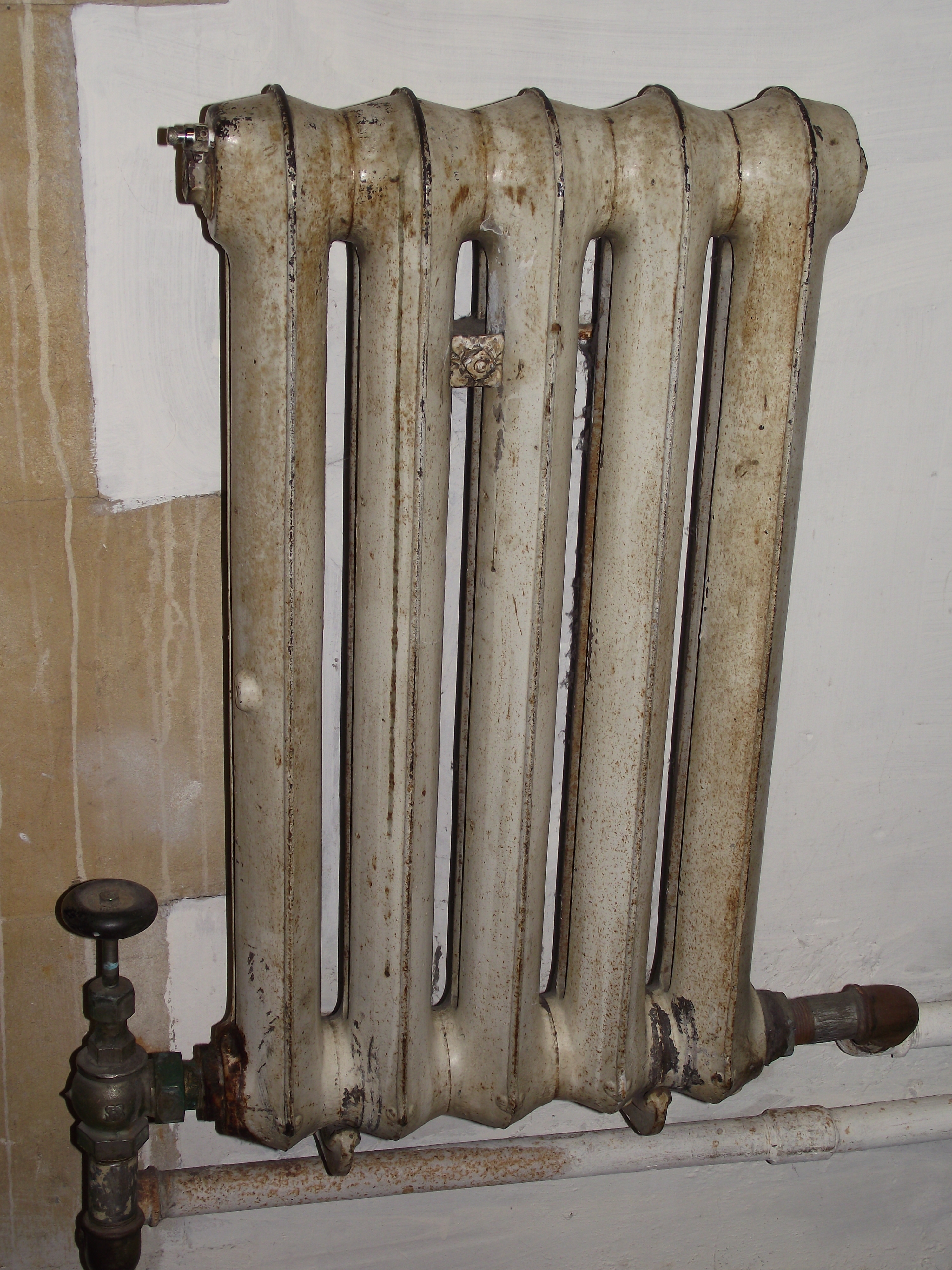 |
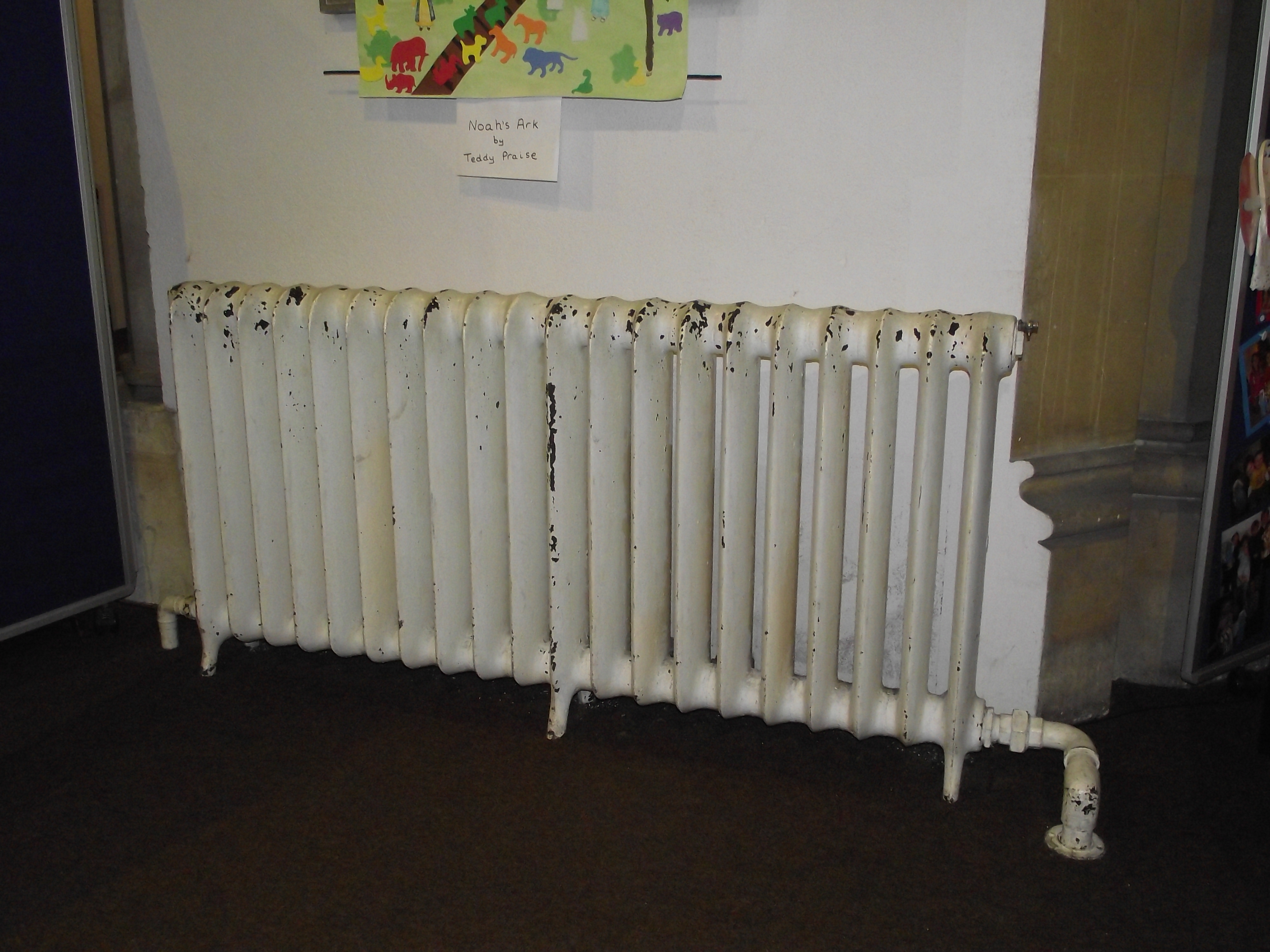 Sectional hospital pattern cast iron radiator |

Boiler Plant
| During
the second half of the 20th century a Trianco gas fired
boiler was installed when most likely the circulating
pump was added to the system. The heating system has always given problems by its under-performance and its inability to effectively heat the Church. This lack of performance can be explained by the small size and duty of the circulating pump, its location in the main return pipe coupled with its fitting in parallel with the large size return pipe. There were also obvious problems with 'air locking' as can be seen by the fitting of automatic air vents to the box-ended heaters in the main aisle. |
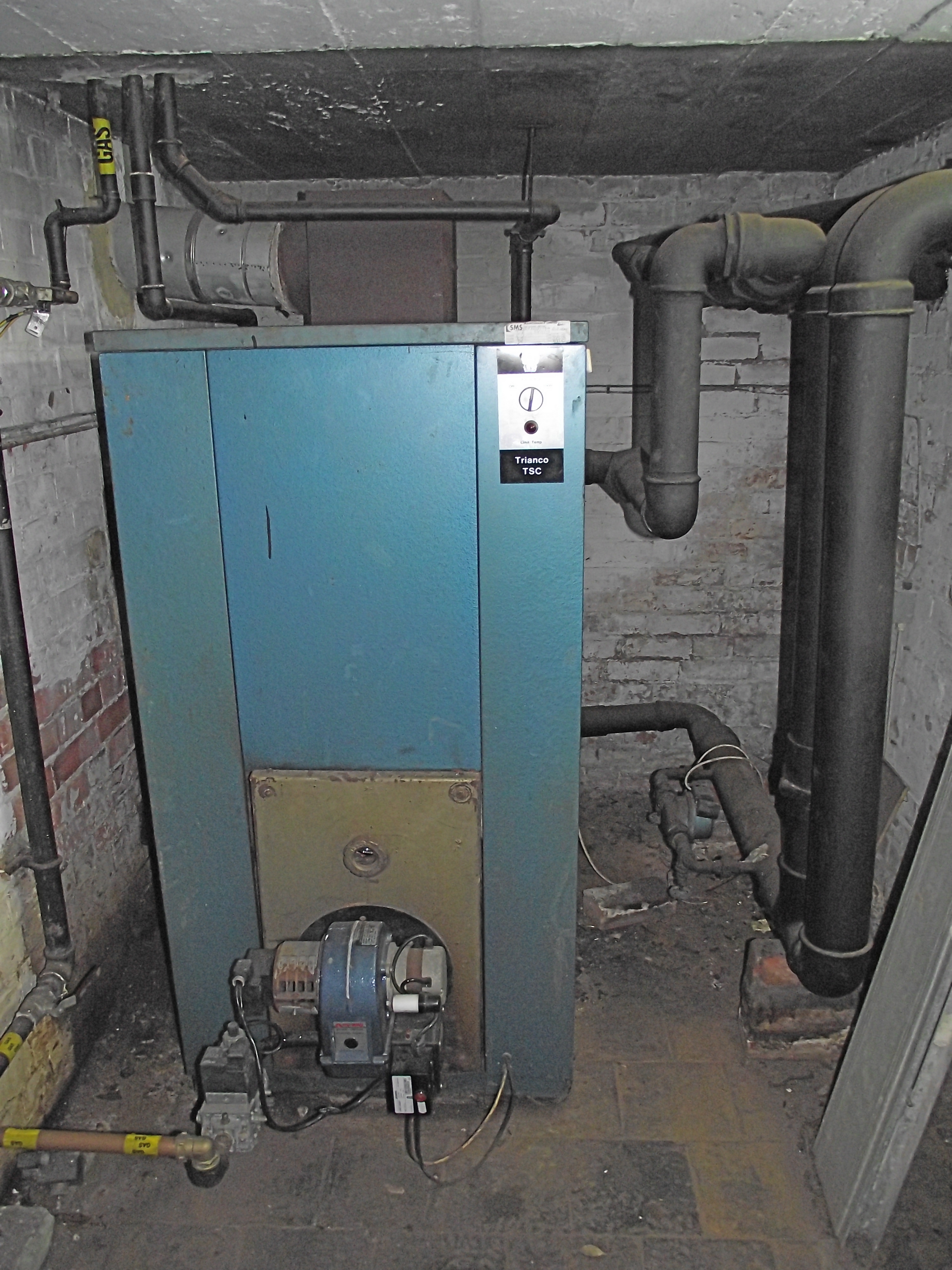 |
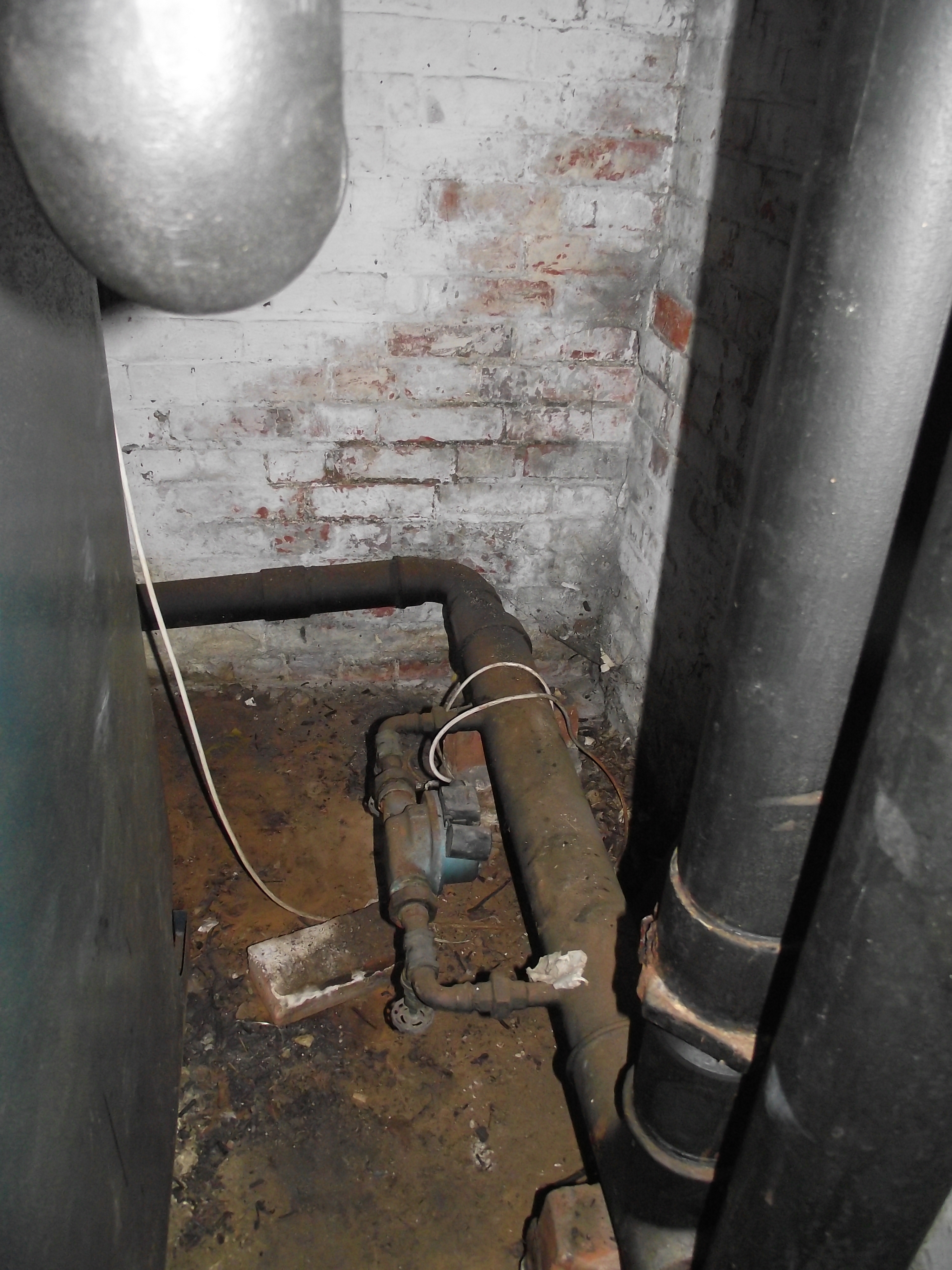 |
Automatic air vent in top of header |
Double cast iron pipe coil at low level |
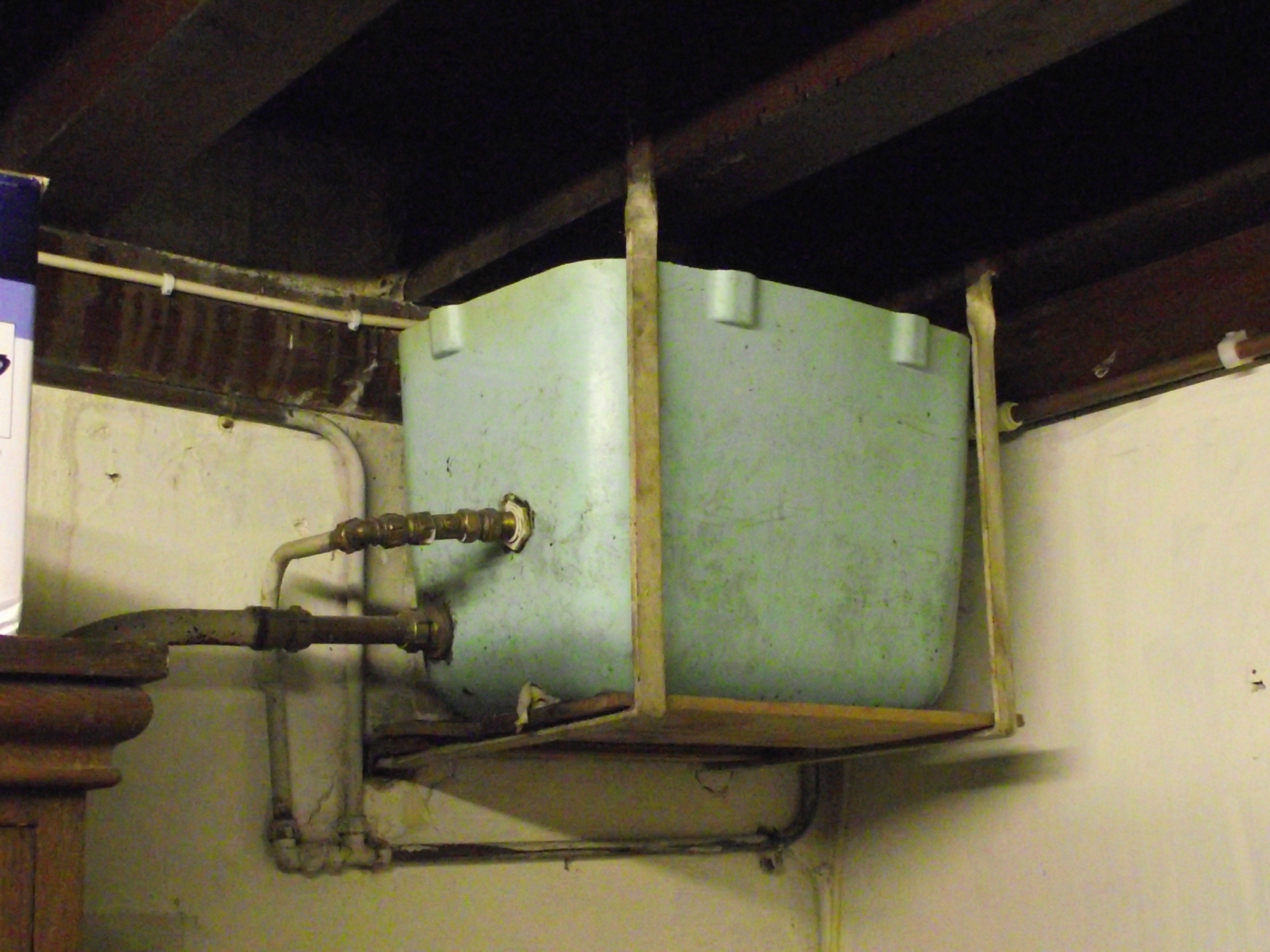 Feed & expansion tank. Note position of ball valve connection. |
Note the later F&R connections with the
longscrew sockets. |

December 2013

